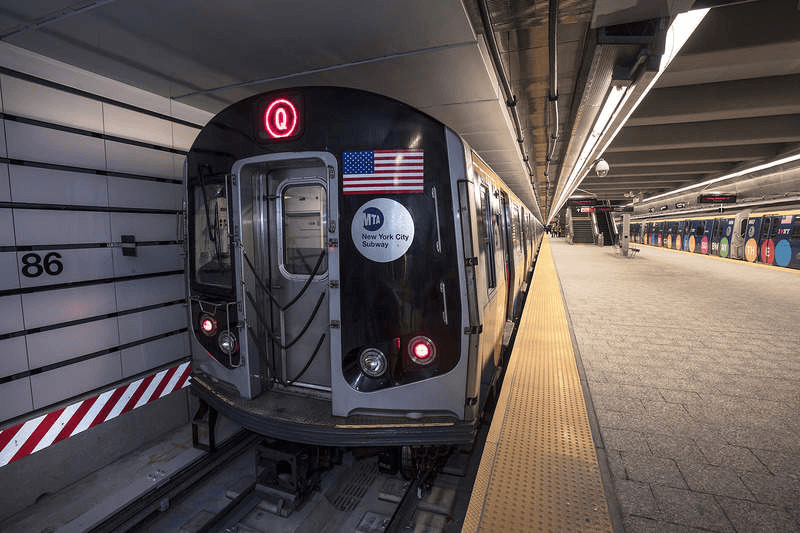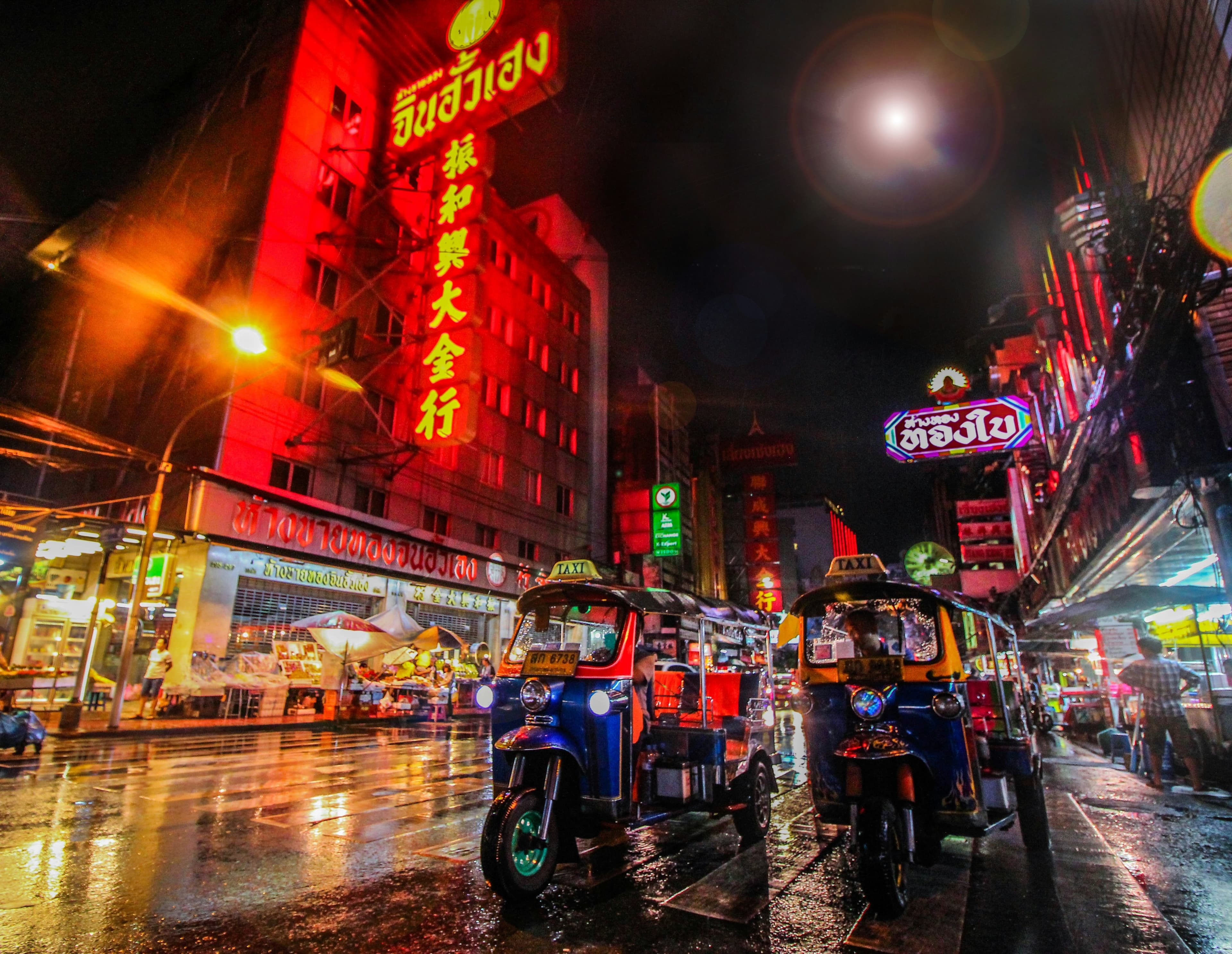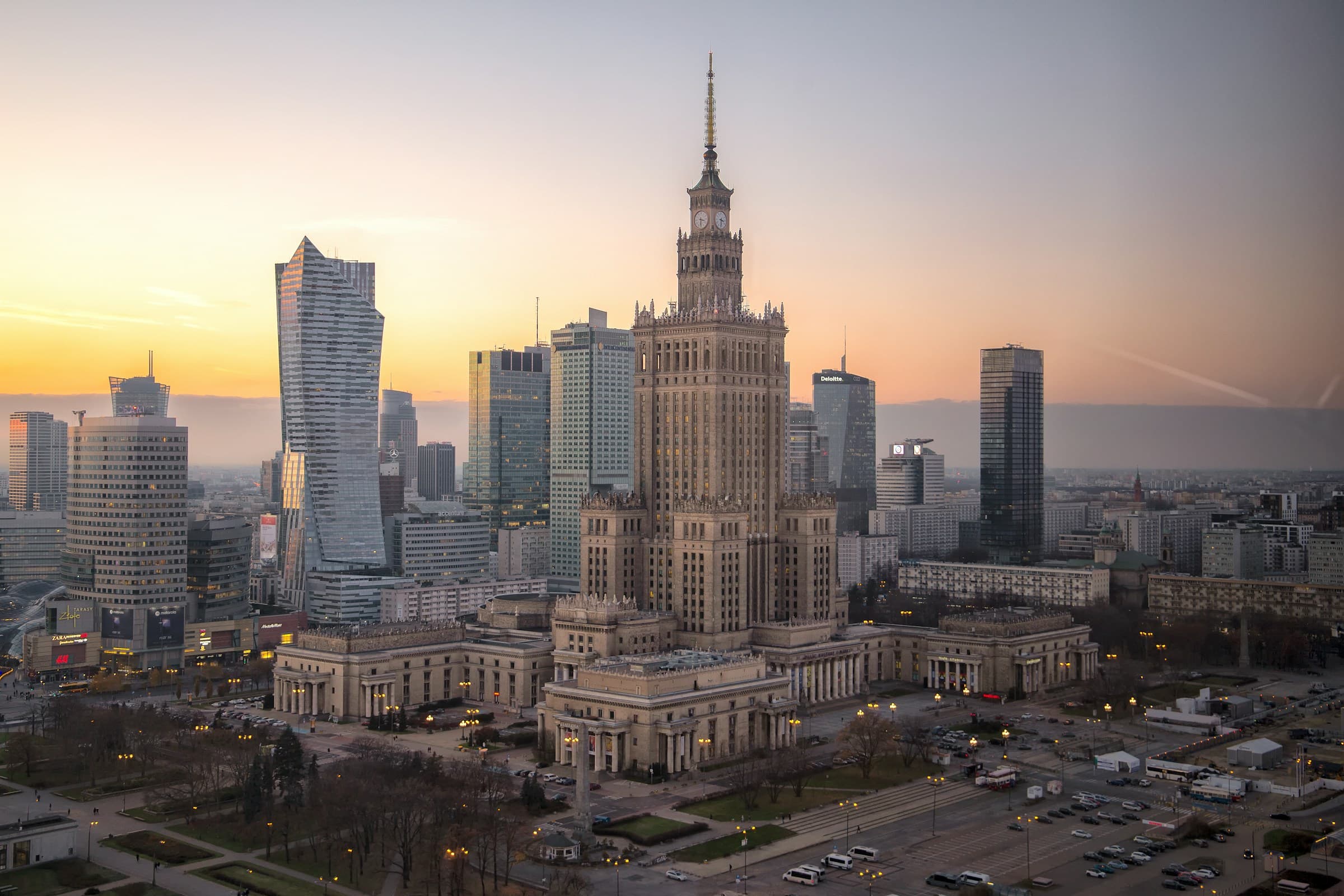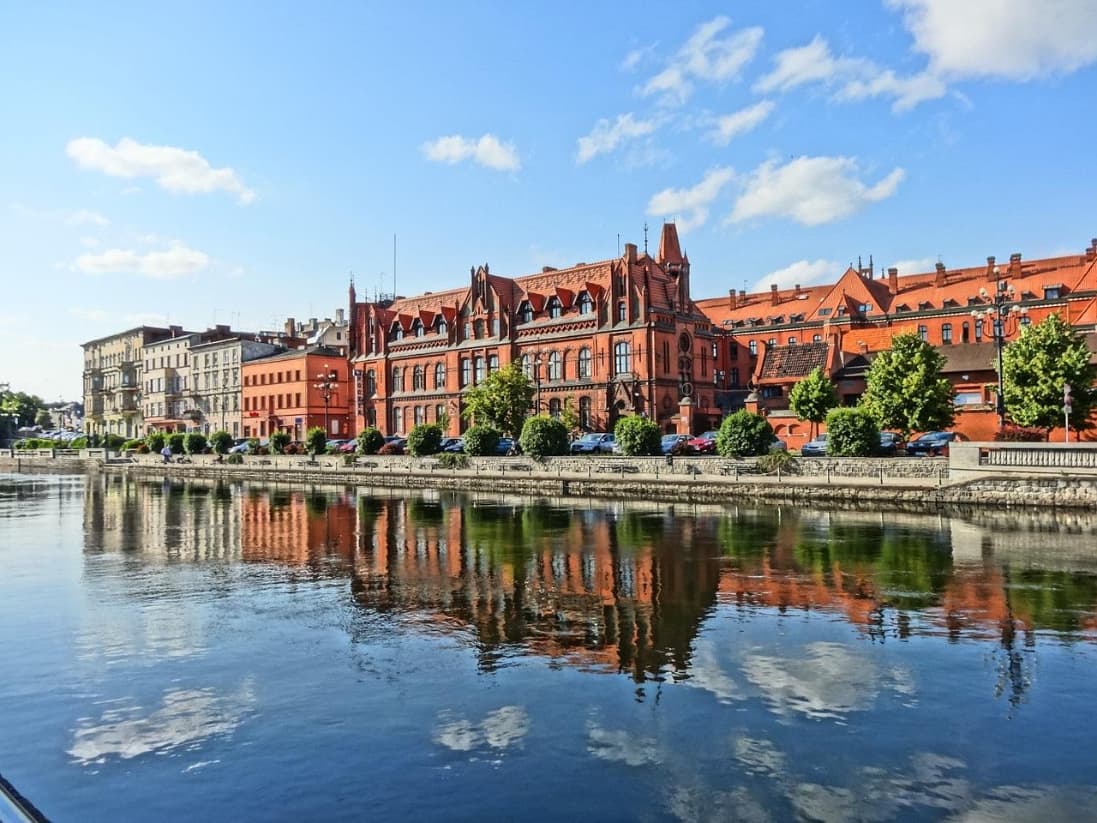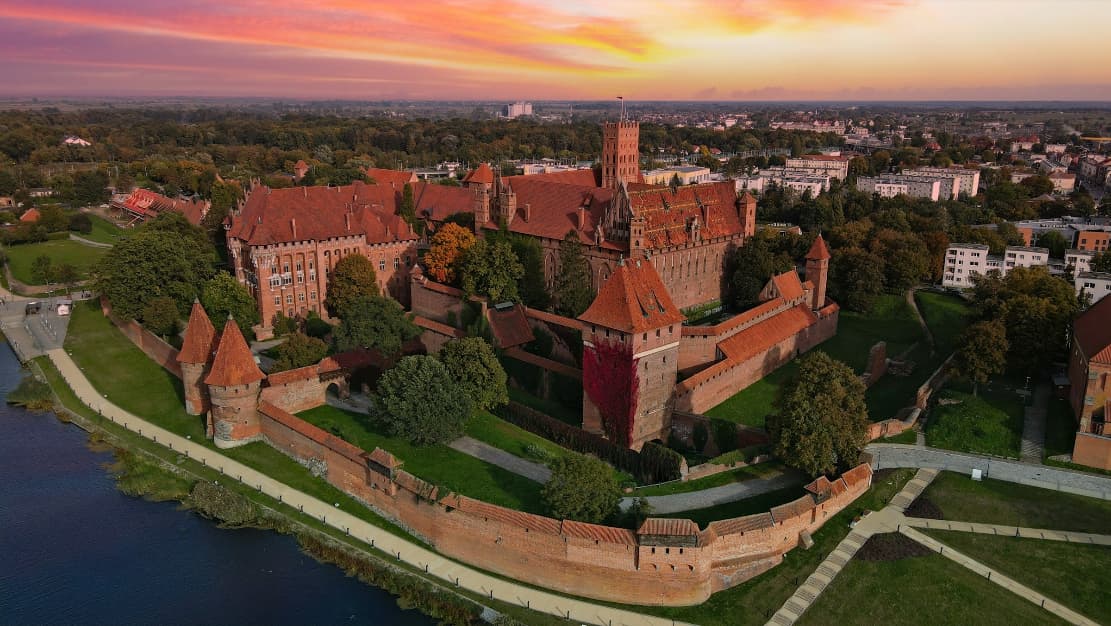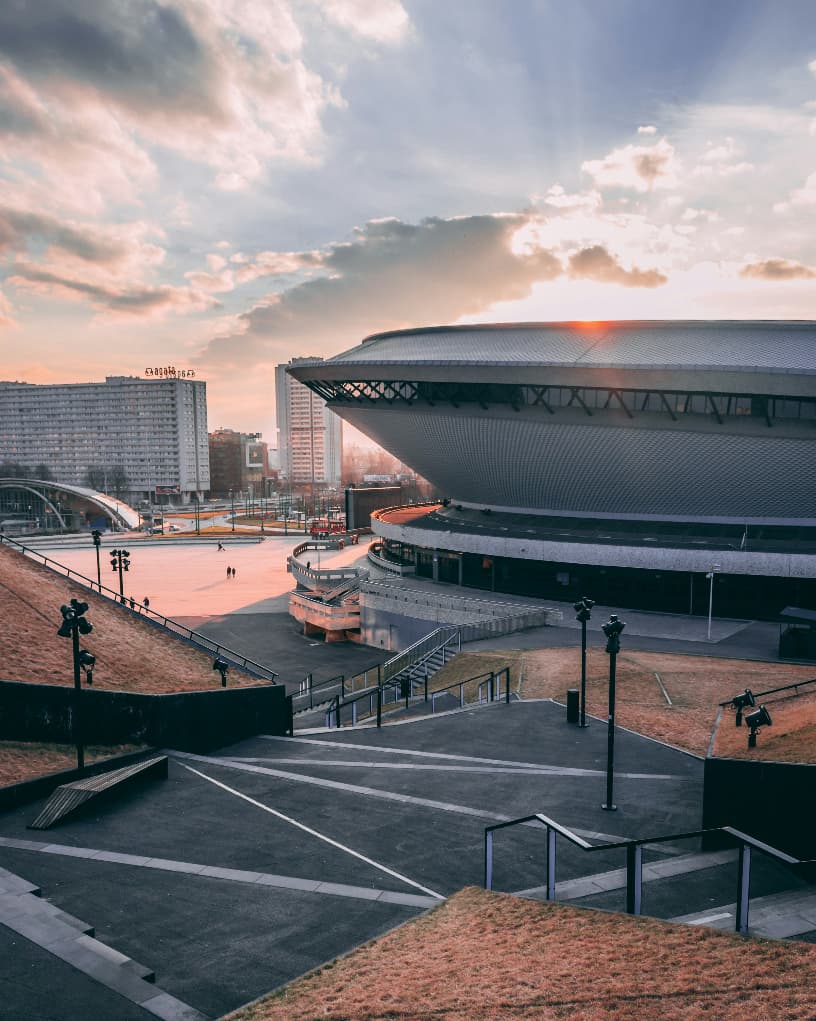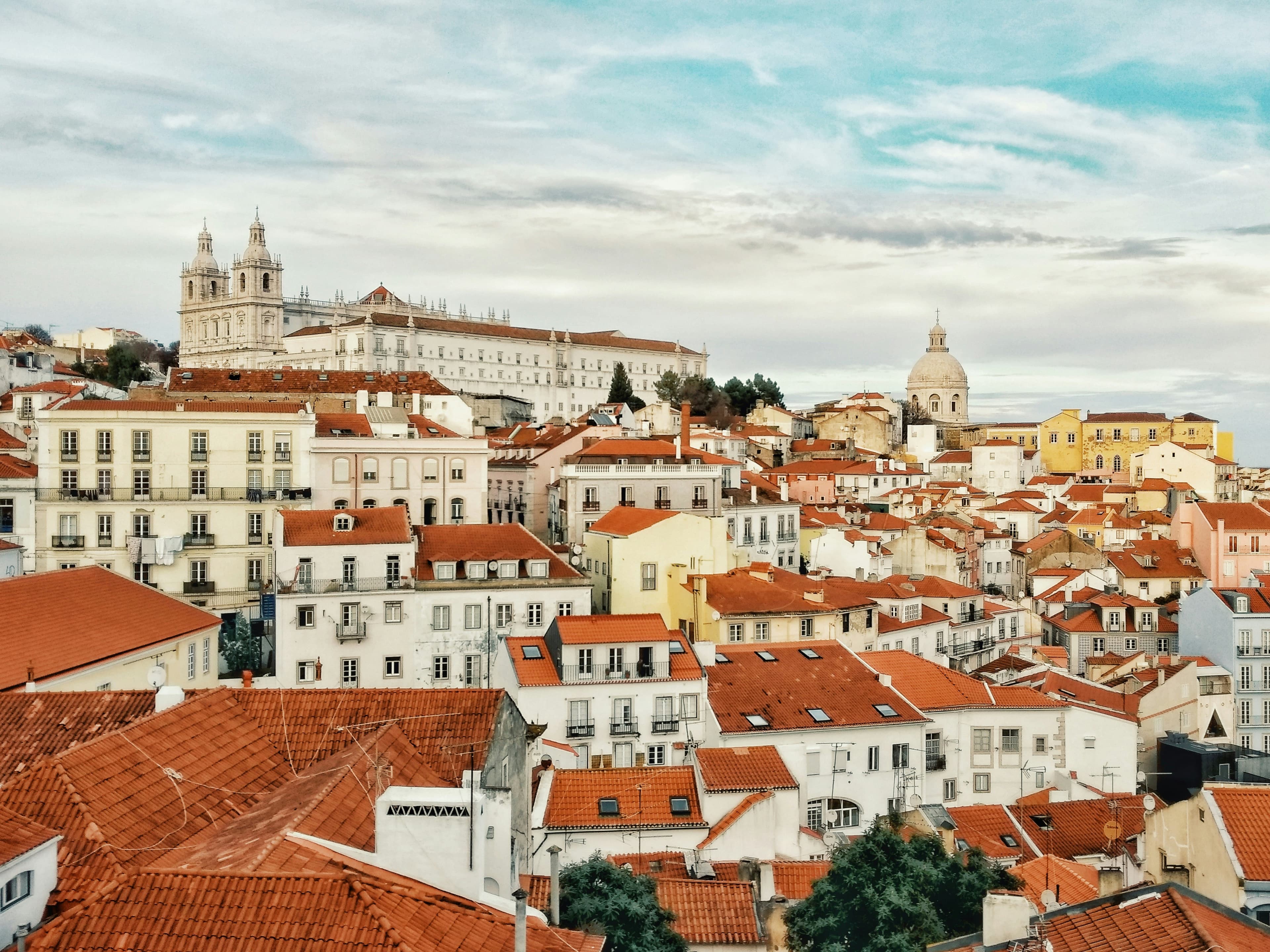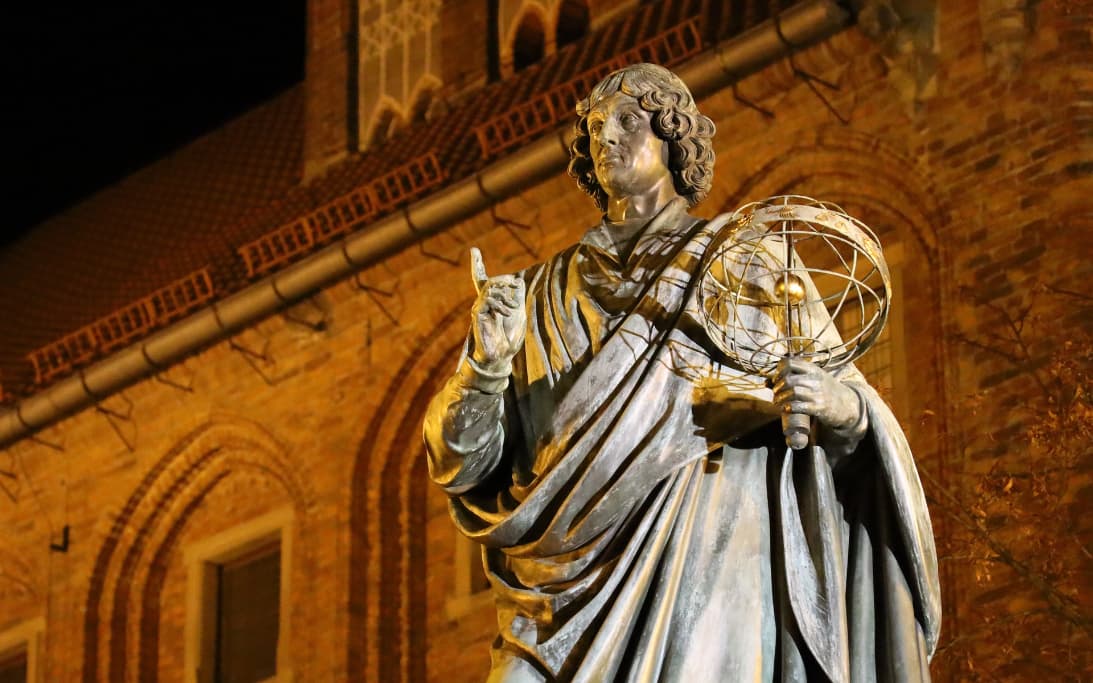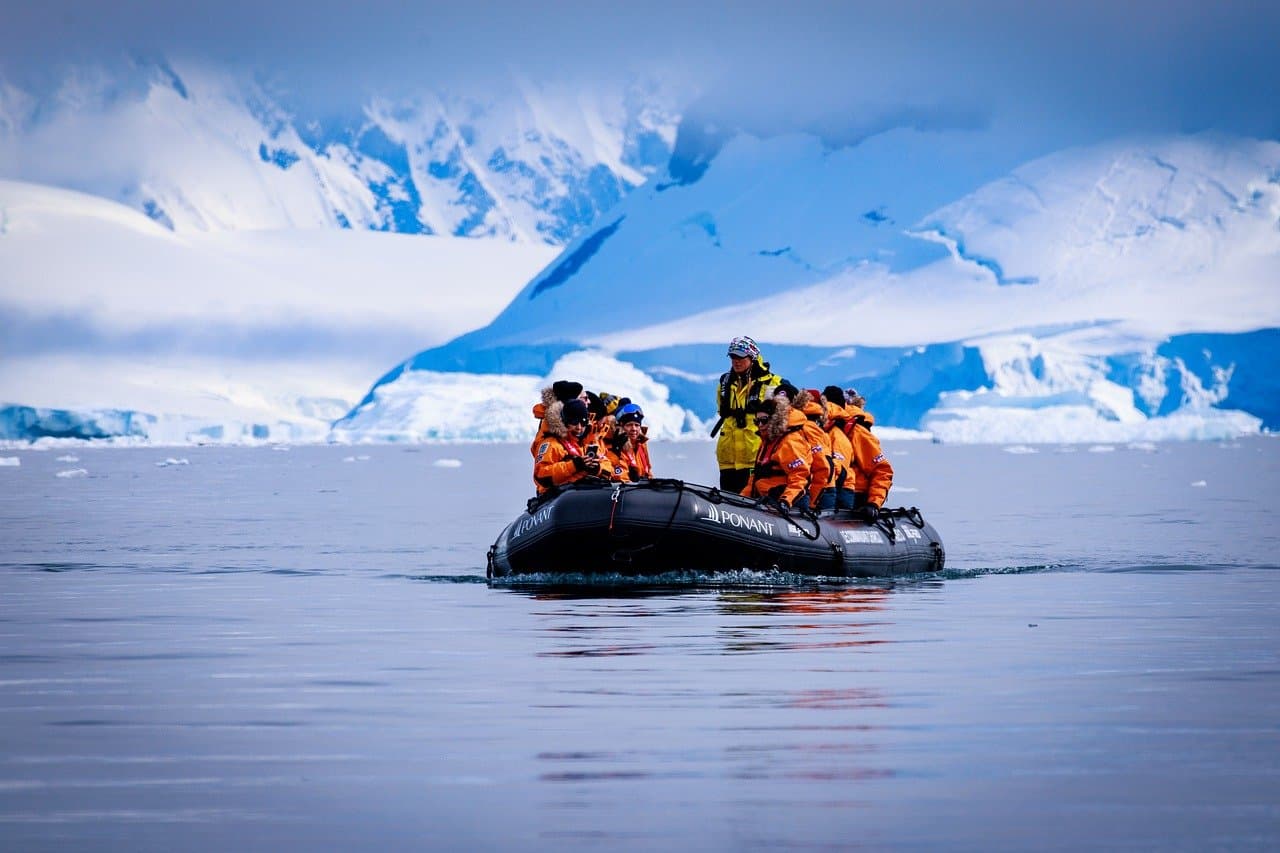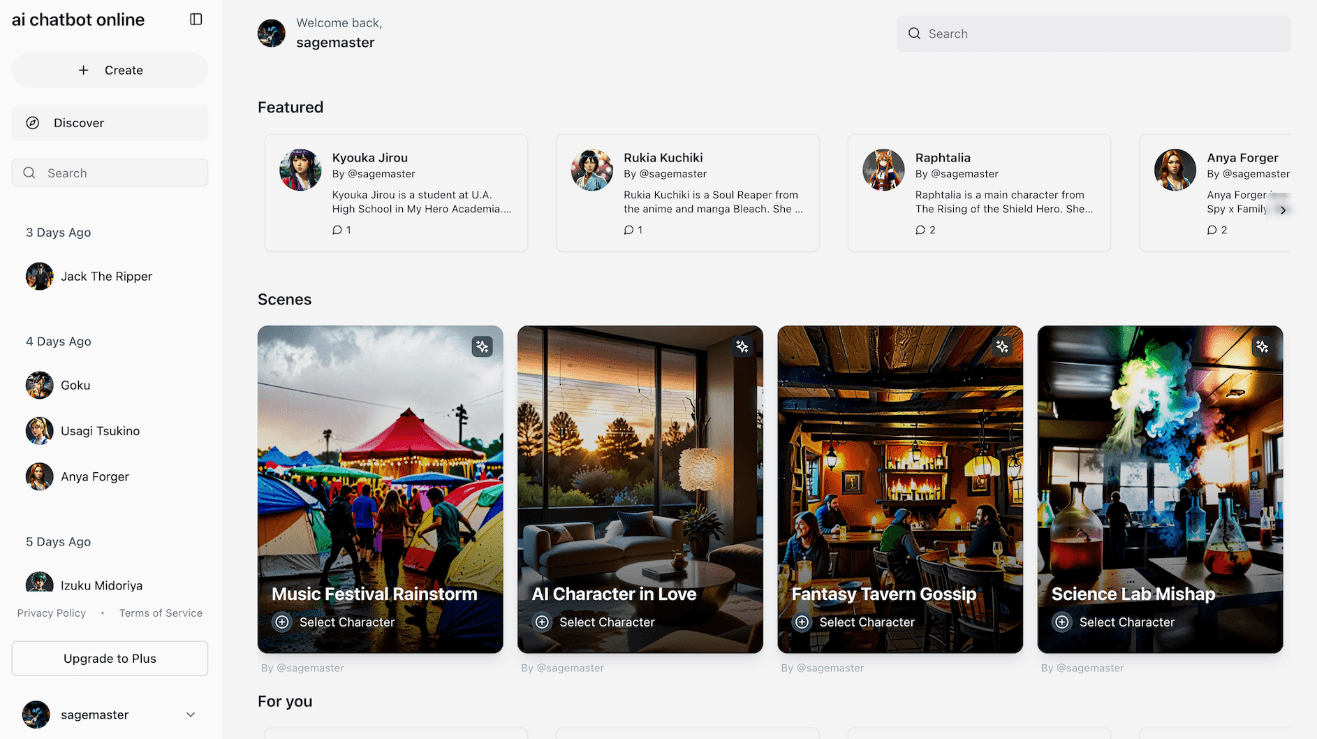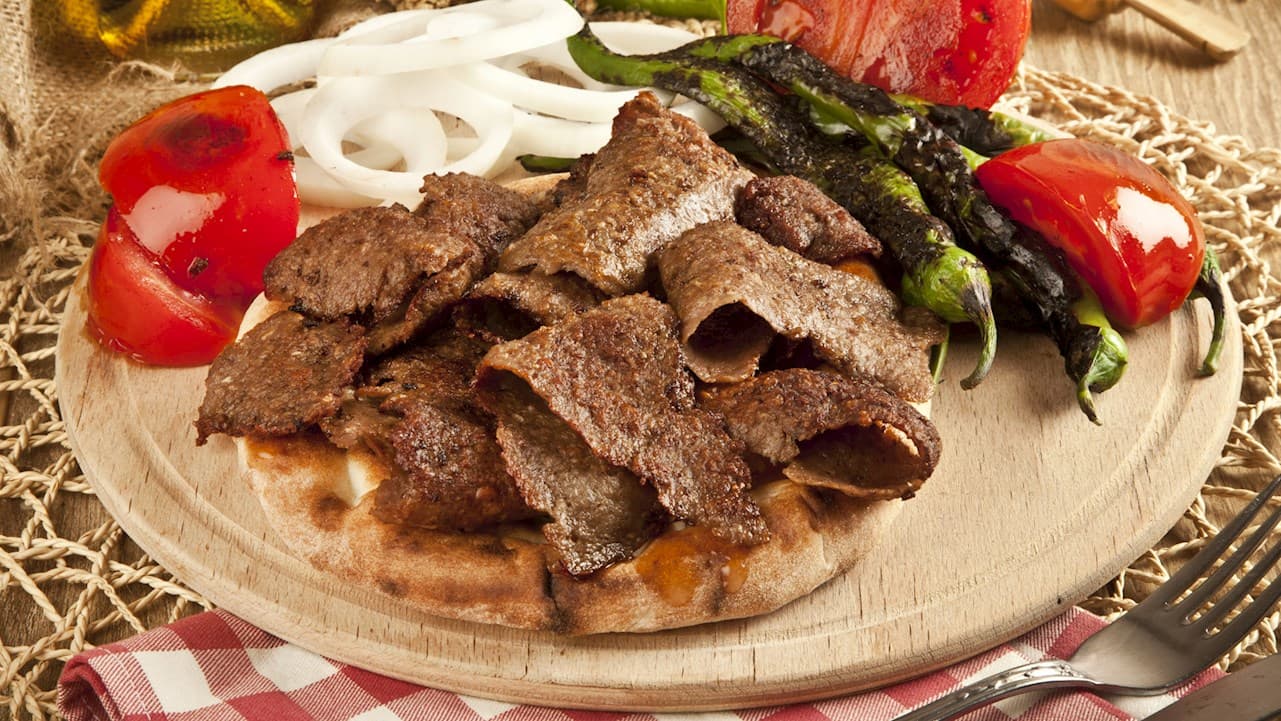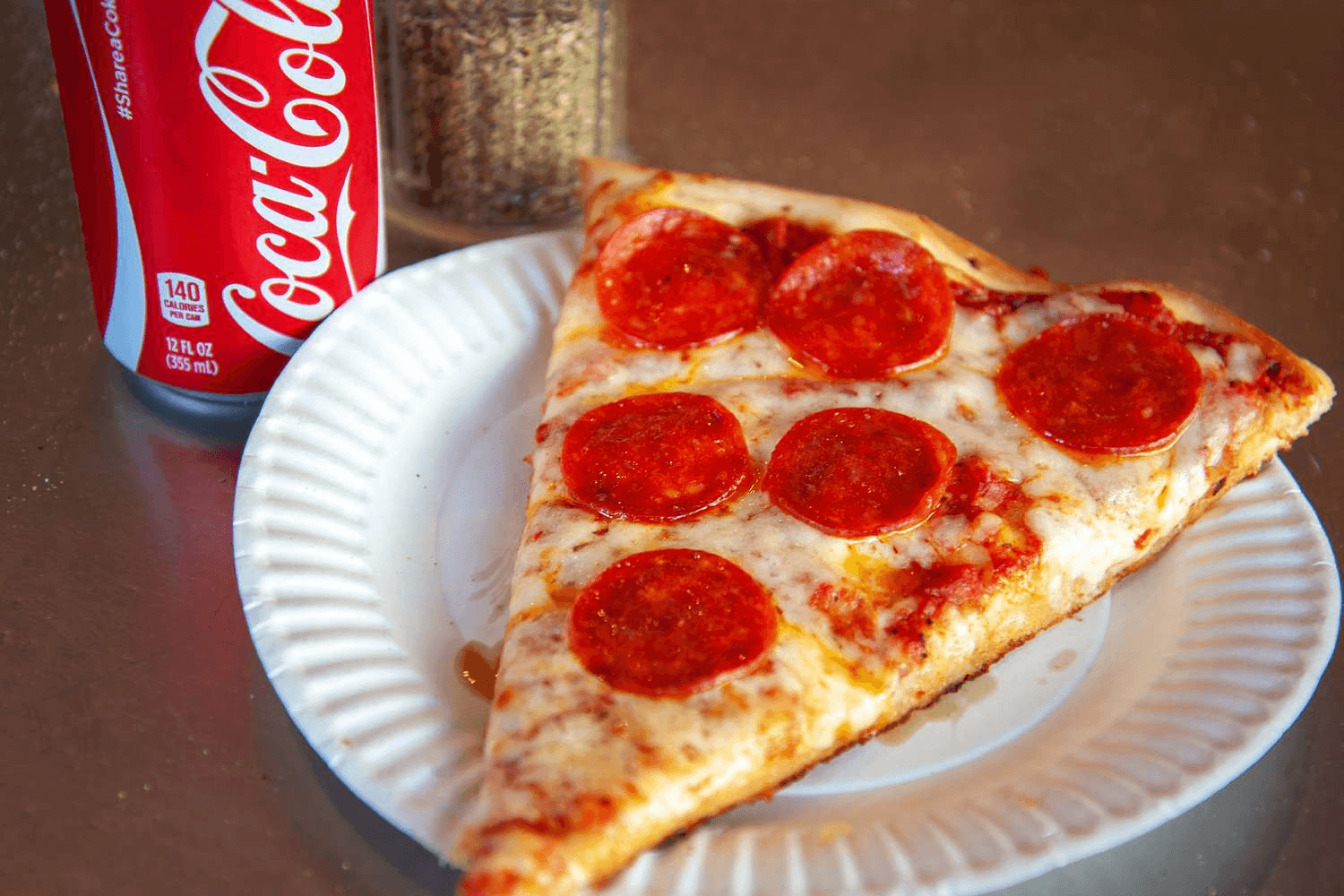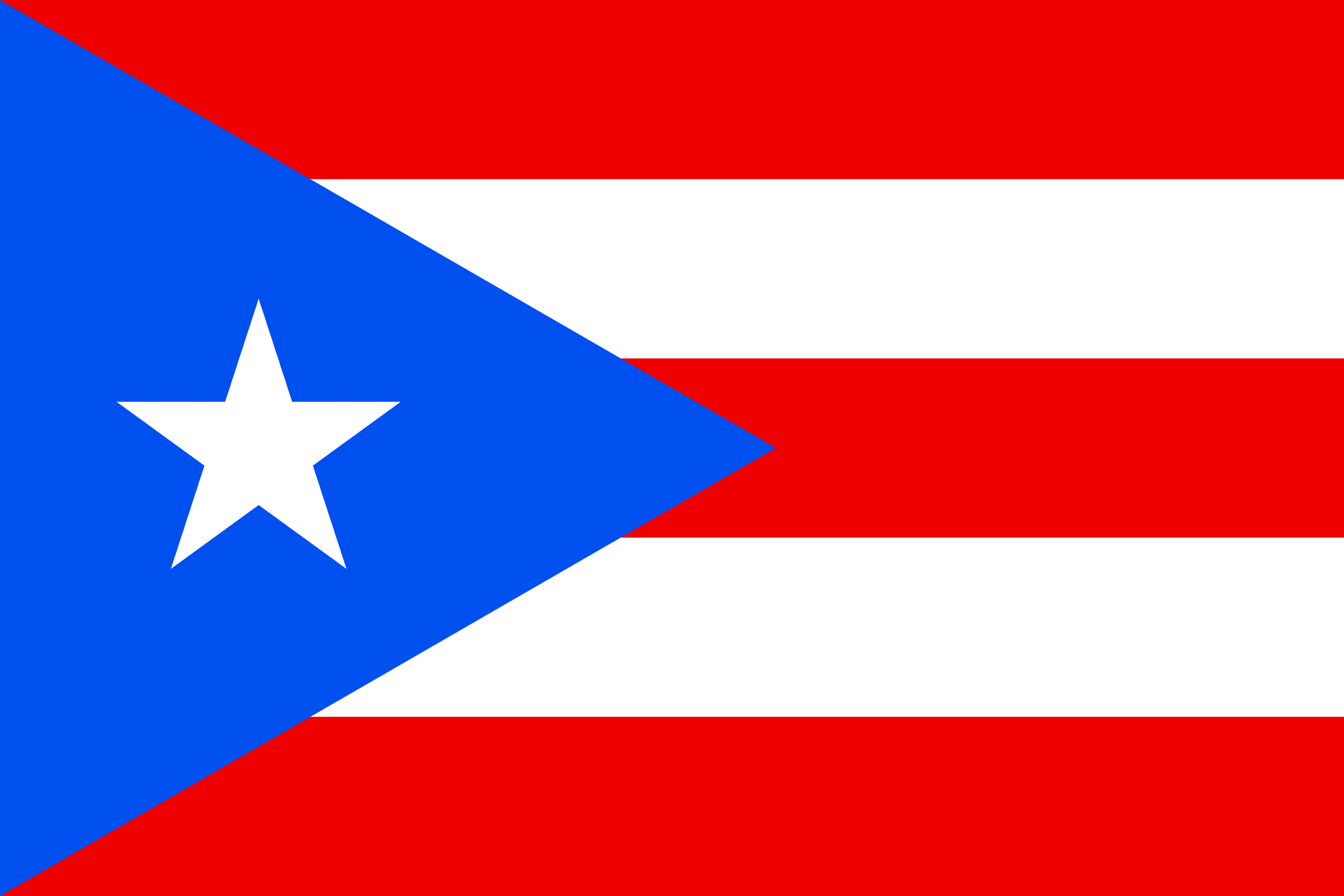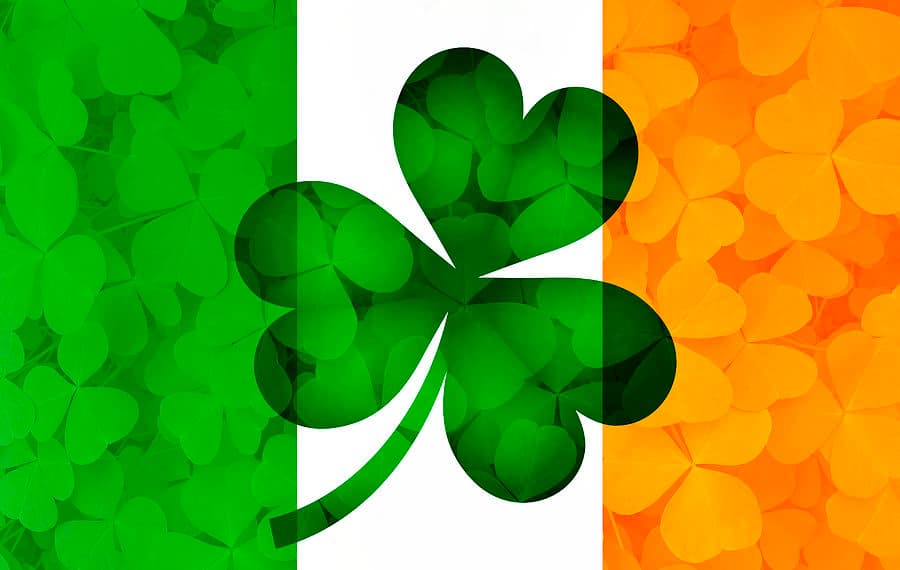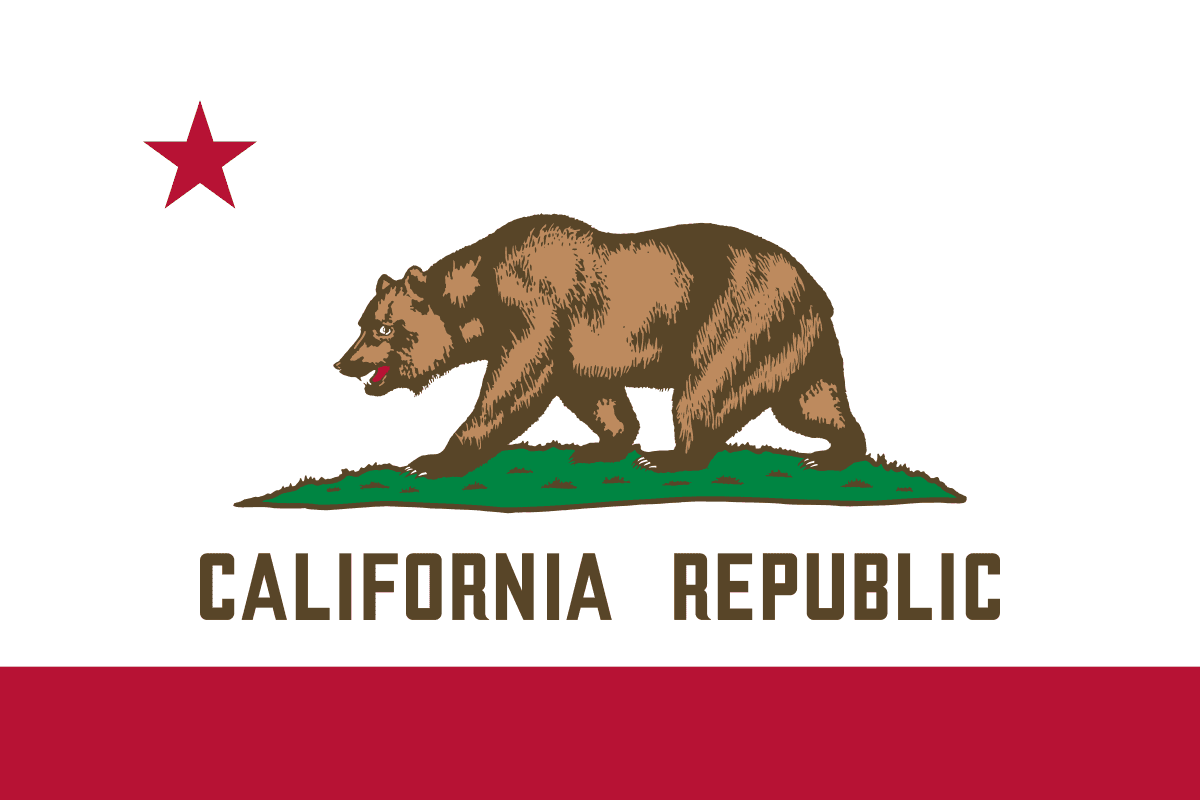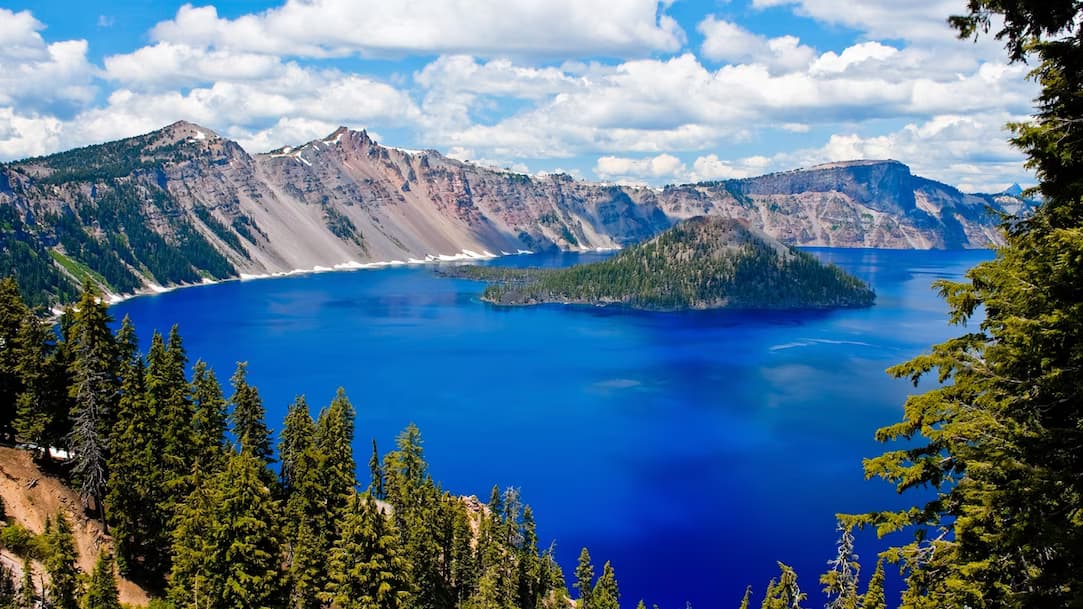Bydgoszcz is a city in northern Poland, the largest in the Kuyavian-Pomeranian Voivodeship, and one of the country’s key historical, cultural, and economic centers. With a population of around 325,000 and a metropolitan area of approximately 600,000, it is Poland’s ninth-largest city. Located at the meeting point of the Brda and Vistula rivers, it has long been an important trade and transport hub, shaped by centuries of history and natural beauty. Though it is often overlooked by international travelers in favor of Poland’s larger cities, Bydgoszcz is an undiscovered gem with a vibrant cultural scene, beautiful waterfronts, and a dynamic urban atmosphere.
A City of Water and Green Spaces
One of the defining features of Bydgoszcz is its relationship with water. The city is sometimes referred to as the "Venice of Poland" due to its picturesque riverbanks, islands, and canals. The Brda River runs through the heart of the city, creating scenic waterfront areas and making Bydgoszcz a major center for rowing and water sports. The Bydgoszcz Canal, dating back to the 18th century, was a vital trade route connecting the Vistula and Oder river basins and remains a key element of the city’s landscape. Today, these waterways provide a unique backdrop for leisure, with walking paths, historic granaries, and modern riverfront cafes.
Beyond its waterways, Bydgoszcz is one of the greenest cities in Poland. The city is surrounded by vast forests, including the Bydgoszcz Forest to the south and the Tuchola Forest to the north. Within the city, the Myślęcinek Park is the largest urban park in Poland, spanning 830 hectares and featuring a zoo, botanical gardens, and outdoor recreational areas. The city's many smaller parks and tree-lined streets add to its charm, making it an attractive place for both visitors and residents.
Architectural and Cultural Heritage
Bydgoszcz boasts a rich architectural heritage that blends Gothic, Renaissance, Baroque, and Art Nouveau styles. Walking through the city, one can see elegant townhouses from the late 19th and early 20th centuries, reminiscent of Vienna or Berlin. The city's old granaries, located along the Brda River, have become iconic landmarks, reflecting Bydgoszcz's history as a trading hub. The historic Old Market Square, at the heart of the city, is where the 18th meridian runs directly through the center.
One of the most picturesque spots in Bydgoszcz is Mill Island (Wyspa Młyńska), an area of beautifully restored buildings surrounded by water, where visitors can stroll along green pathways, visit museums, or relax at cafés with river views. Another architectural highlight is the distinctive Opera Nova, a modern opera house located right on the riverbank. Its sleek circular design contrasts beautifully with the historic buildings nearby and serves as a hub for performances, including the renowned Bydgoszcz Opera Festival.
A Thriving Arts and Music Scene
For lovers of culture, Bydgoszcz is an exciting destination. It is known for its deep connection to music, particularly classical music and opera. The Feliks Nowowiejski Academy of Music is one of Poland’s leading music schools, and the city’s Filharmonia Pomorska (Pomeranian Philharmonic) is famous for its exceptional acoustics, drawing world-class musicians from around the globe. The city hosts numerous music festivals, including the International Paderewski Piano Competition, which attracts talented pianists from different countries.
Bydgoszcz also has a strong jazz scene, with venues like Mózg and Eljazz offering live performances in an intimate setting. For those interested in film, the city previously hosted Camerimage, one of the world’s most prestigious festivals dedicated to cinematography. Though the festival has since moved, Bydgoszcz retains a strong film culture, with independent cinemas and film screenings throughout the year.
Sports and Outdoor Activities
Bydgoszcz is often called the "rowing capital of Poland" due to its long tradition in water sports. The Brda River, along with the city’s professional rowing clubs, has produced many Olympic champions. The city’s regatta course is one of the best in Europe, and visitors can often see rowers training on the water. Beyond rowing, Bydgoszcz has a strong athletic culture, regularly hosting international competitions in disciplines like track and field, speedway racing, and volleyball.
Cycling is also popular in and around Bydgoszcz, with well-maintained bike paths leading through forests, along rivers, and into the countryside. The city is part of EuroVelo 9, a long-distance cycling route stretching from the Baltic Sea to the Adriatic.
A City with a Fascinating History
Bydgoszcz has a complex and fascinating history, shaped by its location at a crossroads of cultures and empires. Originally granted city rights in 1346 by King Casimir III the Great, it later became an important military and trade center under Prussian, Polish, and German rule. In the 19th and early 20th centuries, Bydgoszcz flourished as an industrial and commercial hub, gaining elegant new architecture and modern infrastructure.
During World War II, Bydgoszcz was occupied by Nazi Germany, and the city suffered tragic losses, including the execution of thousands of Polish citizens. After the war, it became part of communist Poland, undergoing industrial expansion before transforming into a modern, business-oriented city in the post-communist era.
A Growing Business and Innovation Hub
In recent years, Bydgoszcz has emerged as a significant center for business and innovation. It has a strong presence in the IT and business outsourcing industries, with international companies setting up operations in the city. The Bydgoszcz Industrial and Technological Park supports startups and research institutions, helping to attract young talent to the city.
The city’s location, with excellent rail and road connections, makes it a convenient base for business travelers. Bydgoszcz Ignacy Jan Paderewski Airport offers direct flights to several European destinations, and its proximity to larger airports in Warsaw and Gdańsk provides additional travel options.
Food and Nightlife
Bydgoszcz has a growing culinary scene, with a mix of traditional Polish eateries, modern bistros, and international restaurants. Visitors can try local specialties like pierogi (Polish dumplings), żurek (sour rye soup), and freshwater fish from the nearby lakes and rivers. Many of the best dining spots are located along the Brda River, where guests can enjoy a meal with a view.
The city’s nightlife is lively but not overwhelming, making it an ideal destination for those who enjoy a relaxed but engaging evening out. The Old Town has cozy pubs, craft beer bars, and stylish cocktail lounges, while the district around Gdańska Street is known for its late-night energy. For a unique experience, visitors can take an evening boat cruise along the Brda, watching the city lights reflect on the water.
A Hidden Gem in Poland
Bydgoszcz is not as well-known internationally as Warsaw, Kraków, or Gdańsk, but that is part of its charm. It is a city where visitors can enjoy rich history, beautiful scenery, and cultural depth without the overwhelming crowds of larger tourist destinations. Whether you are interested in music, history, outdoor adventures, or simply enjoying a laid-back city with a strong sense of identity, Bydgoszcz has something to offer.
For travelers looking to explore beyond Poland’s most famous cities, Bydgoszcz is a fantastic choice. It is a city of water, music, and history, blending old-world charm with modern energy. Whether you stay for a weekend or longer, Bydgoszcz welcomes visitors with open arms, ready to surprise and inspire those who take the time to discover it.
